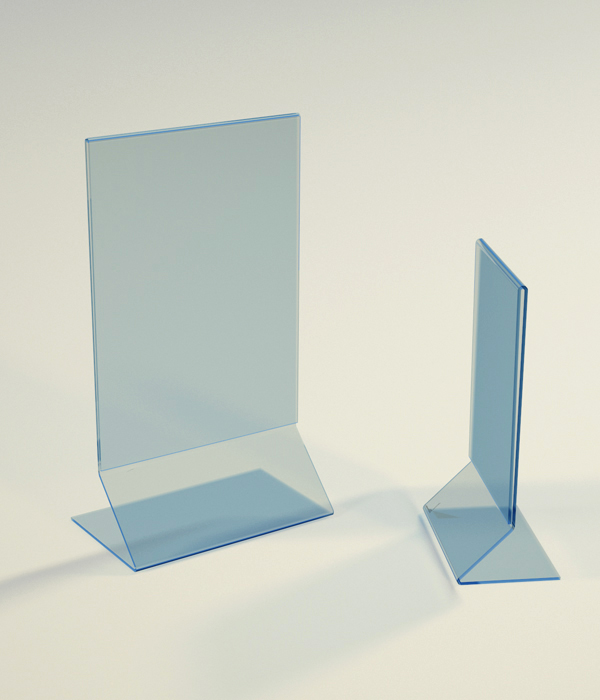Mica is a very versatile and beautiful material that is extremely versatile and beautiful. It’s very easy to use and can add a lot to the design of your.
For using mica, you will need a clear sealant to keep the color from leaking or flaking off. You should also test out the pigments and mica powders in a smaller scale before you apply them to a bigger one.
Sheets for engraving
Mica sheets are made using a complex production process. This versatile natural wonder is then used in a myriad of industries all over the world. Their unique makeup and special uses make the mica sheets indispensable to industries ranging from cosmetic to electrical and industrial manufacturing to automotive design.
Mica sheets are available in a variety of grades and thicknesses depending on the use. They are flexible and are suitable in a variety of applications, such as electrical insulation, building high-temperature equipment, and thermal resistance.

Standard Laser Polymer has a pleasant scent of lemon during engraving and washing. This makes it the perfect choice for stamping or self-inking using regular stamp inks. It’s durable and is cut cleanly.
Tools for Engraving
Engraving has been used for three reasons throughout the ages including worship, art and Record Keeping. It is found in the earliest pottery, stone carvings and cave drawings. Historically, engraving was done with various tools of different sizes that scratched on the surface of the material to create a design or message.
Engraved items are often utilized to show appreciation to a client, provide a business with promotional products or for personal use, such as monograms on shirts glassware, bags and much more. It is a great option to add personalization to any item.
Laser engraving is a well-known and efficient method of etching images into materials like wood. The extreme heat and pressure allows it to etch detailed and intricate designs into the material.
Sand carving is a straightforward technique that appears similar to engraving, but does not require the same skill or precision. This type of engraving produces a frost-looking spotless result that is perfect for glass, marble and other stones. This is a great option for those who are new to the industry because it’s a breeze to master.
Muscovite Mica Art
MUSCOVITE, or mica (named because of its ability to be split into thin sheets of paper) is among more than 30 silicate minerals that are present as colorless, odorless flakes or plates. It is a typical component of igneous rocks, especially granitic rocks, such as granite pegmatites. Metamorphic rocks like the schists and gneisses might be a source of it. Muscovite and phlogopite are the two main micas used in the field of commerce. Both are mined artisanally in India and Madagascar, often in poor working conditions. The mining of mica is a significant occupational health hazard and the inhalation of mica dust is known to cause the condition known as silicosis.
While muscovite is mostly employed as a paint pigment however, it can also be found in construction materials such as plaster and drywall and in electrical insulation. It can also be used as a lubricant that helps keep asphalt and rubber from sticking during shipping and storage. This mud additive is used in exploration of oil and gas because it can endure high pressures and temperatures and also lubricates drill bits. In addition, ground mica is employed as filler in resins and plastics, and also as a suspension agent to prevent solid particles from settling in gels or paints.
Mica Craft Techniques
It is possible to add shimmery effects by using mica craft techniques to your hand-made creations. Mica craft materials are an amazing alternative to mixed media and resin art, and can make your polymer clay creations shine. You can even use mica in paper craft projects to create beautiful backgrounds or overlays.
Mica powder can be used to create glitter effortlessly for scrapbooking or painting. Mix mica powder with isopropyl Alcohol in a spray bottle to create an ethereal spray for paper crafts.
Use mica in epoxy resin for a fun and innovative technique. This gives your artwork an illusion of three dimensions and is particularly effective when using photographs. Print the image twice first on normal paper, and then on mica. Then, add the mica into the epoxy so that the subject pops out. Mod Podge can be used to create a decoupage effect by adding mica. Make sure the amount you use isn’t too much and it won’t cause any coloration of the glaze.
Polishing Mica
Mica can be incorporated into clay to give it sparkle and shine. This is particularly useful in bringing color to polymer clays that are translucent in uv tren mica. Mica is also used to gild waxes in order to highlight ornate moldings or carvings and to give them a metallic shine.
Mica powder is a coloring that looks like fine glitter and comes in many colors. It is either naturally (muscovite) or synthetic and is used in a variety of arts and crafts applications to give a pearlescent shine or shine to paper craft, epoxy resin, and many other materials.
Mica can be used in jewelry-making to coat the surface with the slip and after which it is fired. This results in a layer which is resistant to scratches and fingerprints. Mica can also be carved into glass or painted on to give design elements and texture.
